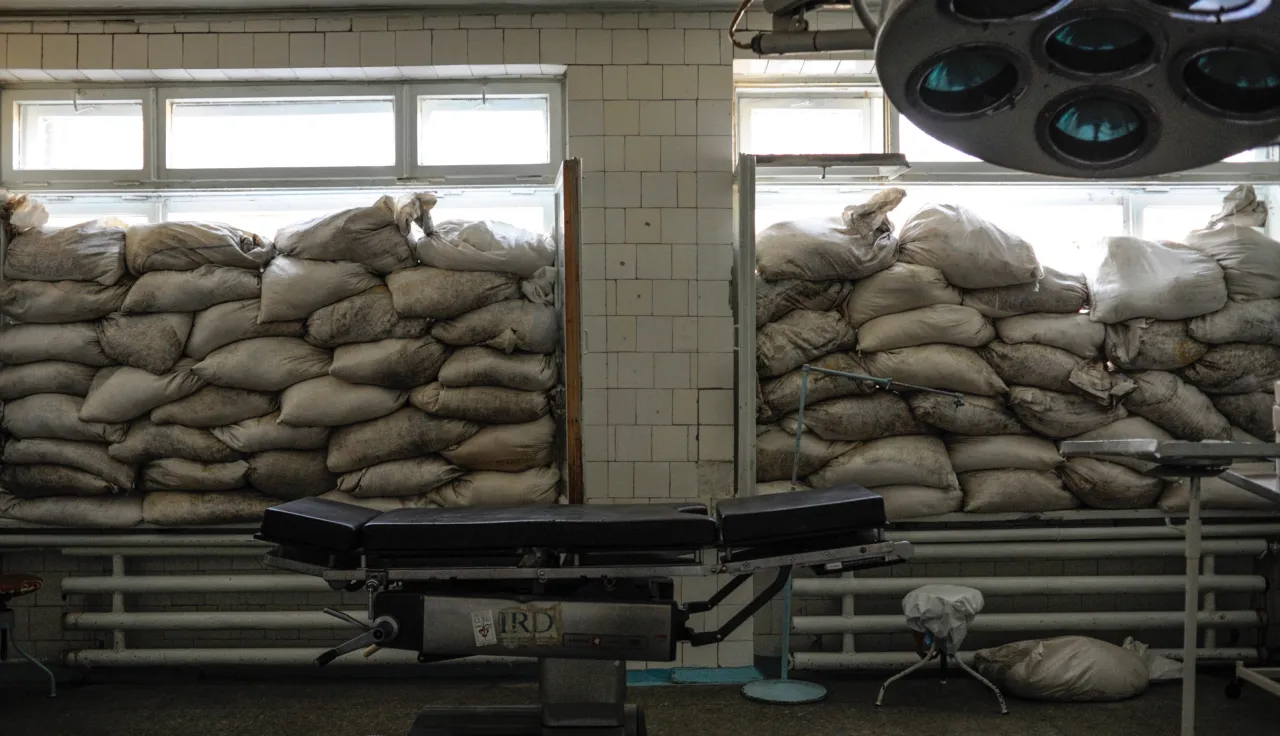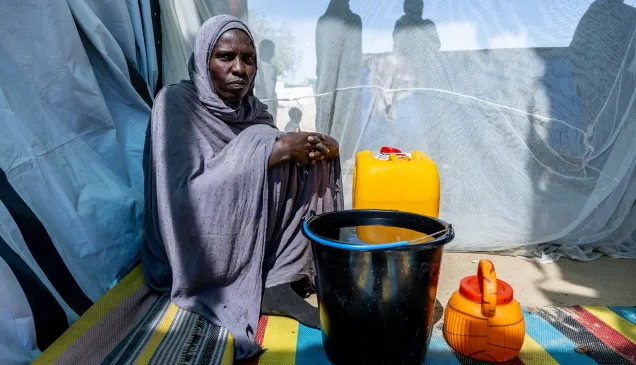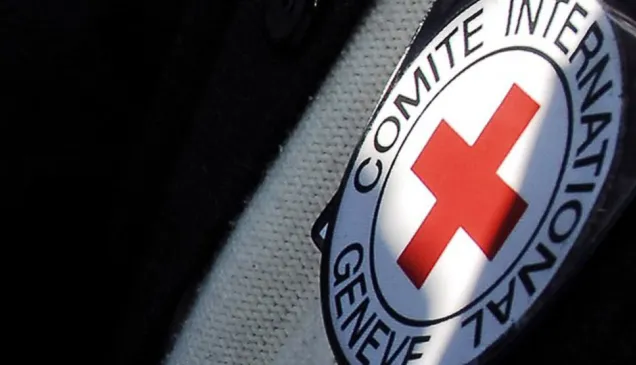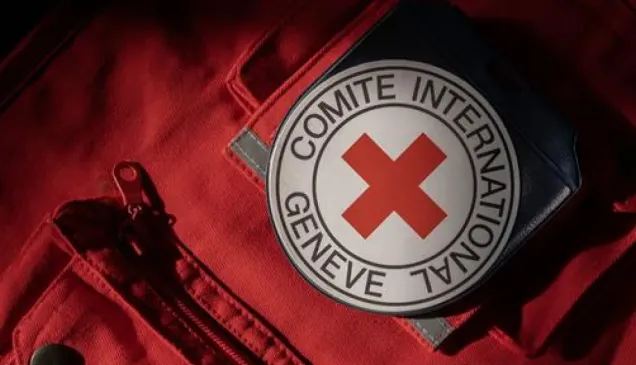The protection of hospitals during armed conflicts: What the law says

According to international humanitarian law (IHL), health establishments and units, including hospitals, should not be attacked. This protection extends to the wounded and sick as well as to medical staff and means of transport. The rule has few exceptions.
What kind of specific protection do the wounded and sick enjoy in times of armed conflict?
In times of armed conflict, the wounded and sick include anyone, whether military or civilian, who needs medical attention and is not, or no longer, taking part in hostilities.
Under international humanitarian law (IHL), all wounded and sick - no matter what party they belong to - enjoy general rights to be:
• Respected (not to be subject to attacks, killing or ill-treatment).
• Protected (a right to be assisted and shielded from harm against third parties).
• Searched for and collected.
• Cared for without distinction based on grounds other than medical ones.
Though IHL allows to search for, collect and provide care "as far as practicable" - in other words taking into consideration the security conditions and the means available - a lack of resources does not justify inaction. Even in cases where such resources are limited, State and non-State parties to a conflict must accomplish their best efforts to ensure medical care to the wounded and sick. Put simply, they must provide wounded and sick with the best possible care as quickly as possible. This includes permitting impartial humanitarian organizations to provide medical care when the needs of the wounded and sick are not fulfilled; consent to the work of these organizations must not be refused arbitrarily.
The protection provided to the wounded and sick would have little meaning if medical personnel, medical units and establishments (such as hospitals), and medical means of transport were subject to attack. Therefore, IHL extends specific protections to them; parties to a conflict must respect them while they are performing an exclusively medical function, and must not unduly interfere with their work so as to allow them to treat the wounded and sick.
In which circumstances can medical establishments and units lose their protection granted by IHL?
Specific protection of medical establishments and units (including hospitals) is the general rule under IHL. Therefore, specific protection to which hospitals are entitled shall not cease unless they are used by a party to the conflict to commit, outside their humanitarian functions, an "act harmful to the enemy". In case of doubt as to whether medical units of establishments are used to commit an "act harmful to the enemy", they should be presumed not to be so used.
The expression "act harmful to the enemy" is not defined under IHL. This body of law merely singles out a few acts expressly recognized as not being harmful to the enemy, such as the carrying or using of individual light weapon in self-defense or defense of wounded and sick; armed guarding of a medical facility; or the presence in a medical facility of sick or wounded combatants no longer taking part in hostilities.
Notwithstanding the lack of an agreed definition, the rationale for a loss of protection is clear. Medical establishments and units enjoy protection because of their function of providing care for the wounded and sick. When they are used to interfere directly or indirectly in military operations, and thereby cause harm to the enemy, the rationale for their specific protection is removed. This would be the case for example if a hospital is used as a base from which to launch an attack; as an observation post to transmit information of military value; as a weapons depot; as a center for liaison with fighting troops; or as a shelter for able-bodied combatants.
What can be considered as an "act harmful to the enemy"?
An act harmful to the enemy may render a medical establishment or unit liable to attack; it may seriously endanger the wounded and sick entrusted to its care; and it may also engender distrust of the work of medical establishments or units in other cases, and thus lessen the protective value of IHL in general.
Furthermore, depending on the circumstances, certain acts harmful to the enemy may amount to a violation of precautionary obligations to protect the wounded and sick, as well as health-care personnel and objects against the effects of attacks or to a violation of the prohibition to use human shield. A concrete example would be the placing of a medical establishment or unit in proximity to a military objective with the intention of shielding it from enemy's military operations.
Finally, such conduct may also give rise to other IHL violations - or even war crimes. For instance, engaging in acts harmful to the enemy where the medical establishments and units are displaying the distinctive emblems (Red Cross; Red Crescent; Red Crystal) also qualify as improper use of the emblems - or as the war crime of perfidy, if done to kill or injure an enemy combatant.
Does the law set for additional legal requirements to attack a medical unit or establishment used to commit an act harmful to the enemy?
Before carrying out an attack on a medical establishment or unit that has lost its protected status, a warning must be given. Where appropriate, this should include a time limit, which must go unheeded before an attack is permitted. The purpose of issuing a warning is to allow those committing an "act harmful to the enemy" to terminate such act, or – if they persist – to ultimately allow for safe evacuation of the wounded and sick who are not responsible for such conduct and who should not become the victims of it.
Where such a warning has remained unheeded, the enemy is no longer obliged to refrain from interfering with the work of a medical establishment or unit, or to take positive measures to assist it in its work. Even then, humanitarian considerations relating to the welfare of the wounded and sick being cared for in the facility may not be disregarded. They must be spared and, as far as possible, active measures for their safety taken.
This derives from the obligation to respect and protect the wounded and sick as well as the general rules on the conduct of hostilities that apply to attacks on any military objective. Notably, an attacking party remains bound by the principle of proportionality. The military advantage likely to be gained from attacking medical establishments or units that have lost their protected status should be carefully weighed against the humanitarian consequences likely to result from the damage or destruction caused to those facilities: such an attack may have significant incidental second- and third-order effects on the delivery of health care in the short, middle and long-term.
An attacking party remains also bound by the obligation to take precautions in attack, in particular to do everything feasible to avoid or at least minimize harm to patients and medical personnel who may have nothing to do with those acts and for whom the humanitarian consequences will be especially dire. The following measures should be taken to minimize the direct and indirect impact of such an attack on the provision of health-care services, whenever feasible and operationally relevant:
• Prepare a contingency plan to address the estimated disruption to health-care services and to re-establish full delivery as soon as possible.
• Consider measures both for the evacuation of patients and medical personnel and for them to be taken properly in charge.
• Interrupt the attack if the facility no longer meets the criteria leading to the loss of protected status (e.g. combatants have fled from the medical facility).
• After the attack, facilitate or implement measures for the rapid restoration of health-care services (e.g. provide military medical support for the civilian medical facility).
Under International Humanitarian Law the principle is clear: Hospitals are protected, because of their life-saving function for wounded & sick.
Yes, they can lose their protection, but this is not a free license to attack. @CDroegeICRC, ICRC Chief Legal Officer, explains pic.twitter.com/ZbhHkvmd0y— ICRC (@ICRC) November 2, 2023



